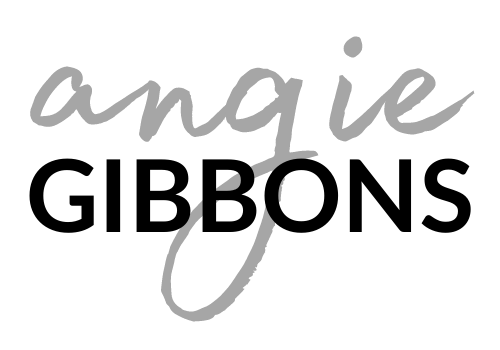Favorite Things: for Learning Disabilities, Aspergers, ADHD
There are so many different ways to parent and it gets complicated when those little humans have special needs. These are some of my favorite resources for parenting and schooling someone with learning disabilities.
Homeschooling with Dyslexia
Great website resource for homeschooling children with dyslexia.
Yearly Motivation Charts
Each year we create some way to mark the days of our school year. It has varied depending on the ages of my kids. One year I created a big posterboard tree with velcro apples that we could add and remove as we completed subjects. But I have also recognized the need for the kids to see time passing. Since we don't have many of the typical school activities that indicate where we are in the school year (and in Hawaii we don't have seasons to speak of), allowing them to mark time gives them a sense of accomplishment and going somewhere.
Our favorite charts were homemade, quarter poster size. We drew a path for each kid, like a winding road with circles along the path representing each school day. Then the kids put a sticker on a circle when they completed their schoolwork for the day. It also gave them motivation to finish their work for the day and a way for me to check in with the more independent learners. Once their work was done and I had seen it, they got their sticker. The kids loved these charts because they personalized them and because ....stickers. I don't date the circles in advance because then when we get off schedule we can catch up without any pressure. But once we put a sticker on the chart to show a completed date, I date it, so I have record of our school days. The chart gives us a good visual of how far along we are in our school year with just a glance. We also marked every 30 days as a special day. One child gets to draw a slip of paper out of a bag and the following day we get to do whatever was on the paper - popcorn and movie, field trip of their choosing, lunch outing, or even a free day. They love the anticipation and it gives us all a needed break.
Time Timer
We have had Time Timers in multiple sizes and also use the Time Timer app on an iPad. These are wonderful tools for motivating a child to finish up a lesson, provide a timeframe for when the next activity will happen, time outdoor breaks between subjects, and many other possibilities. The best part about them is they are visual, especially helpful for kids who struggle with a sense of numbers or passing time. Our autism (ABA) therapist also recommends the small plastic hourglasses in 3 and 5 minute increments, but that might be too distracting for some kiddos.
Empowered to Connect
I highly recommend all of Dr. Karen Purvis’ resources, especially the book The Connected Child: Bring hope and healing to your adoptive family. This is a fantastic resource for adopted and foster kids or any kids coming from tough places.
Asperger Experts
This is a company developed by two individuals with Aspergers and offers webinars and audio courses to help you understand and support your high-functioning child with Aspergers. We discovered some helpful tools through their programs that we use on a daily basis.
Wiggle seats
For kids with attention deficit or difficulty sitting still when you need them to, a wiggle seat can help. There are many variations and prices for these, from stools to boosters to balls. This one (linked) worked well for us for a season. I have also seen people wedge a cheap bouncy ball into the opening of a large Home Depot size bucket to make a little homemade wiggle chair. The idea is to allow the child some movement, some core engagement, so their mind is freer to focus on the task at hand.
Bed tent
This was very useful for us in a time where our sensory challenged child was regularly in fight or flight mode and needed a quiet, safe place to be, away from other kids and noises. We discussed with her that if she used her tent, she would be left alone (as long as she wasn't hurting herself, anyone else or any property) so she could regroup. It's gone on and off the bed over time, but she's enjoyed knowing she has the option.
Koosh balls
Although any ball can be used theoretically, many sensory challenged kids enjoy these Koosh balls because of the texture. Also, for kids who are behind in their coordination, these balls can be tossed and caught more easily, lessening frustration. We used these balls before frustrating school subjects. I incorporated cross body catching and tossing and catching from different hands. It was a fun game but it helped her to relax and focus on the next task at hand. We also used them to practice math, such as counting or skip counting our tosses.
For fidgeting, our best resource has been classic silly putty and Play-Do. I pulled out Silly Putty when we didn't have time to clean up messes. Keeping little hands busy (not just challenged kids) can help them free up their minds for listening during reading times or other mental tasks.
